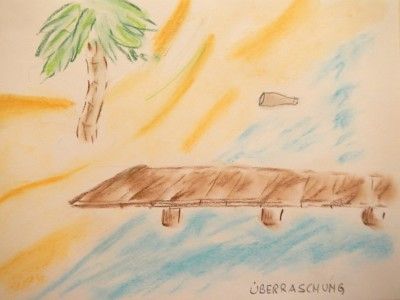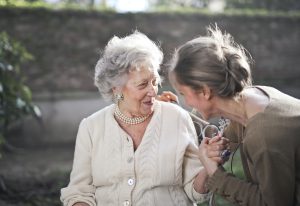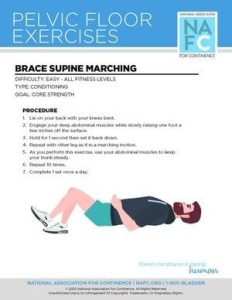Art therapy in the rehabilitation clinic for cardiovascular diseases

Art therapy as an effective component in rehabilitation
The Felbring Rehabilitation Clinic is situated in a quiet and tranquil location at the foot of the Hohe Wand mountain, forty-five minutes by car from Vienna.
It is shortly before 08 o’clock in the morning. In 3. On the third floor of the main building in front of the studio, six patients, two women and four men, are waiting to be admitted to the art therapy group – it will be a two-hour double unit.
Arrive and relax
I ask you to come into the studio and sit around a large table – first arrive, take a breath and relax. In the following two hours they do not have to “do anything”, they are allowed to perceive themselves, to feel, to take their time, to let inner images arise and to express them later in the formations.
They will find time to share their creations and receive feedback from me and their fellow patients. There are no artistic demands, most of the participants have drawn or painted a picture for the last time in elementary school age and today they are 40, 60 or 80 years old.
The only thing they should bring with them: Curious openness and a bit of interest in themselves.
A walk on the beach as a fantasy journey in art therapy
I have prepared an imagination for this unit on the subject of “gift from the unconscious”. After a short relaxation exercise with closed eyes, I will take the participants on an imaginative walk along the sea.
They will experience themselves there, for example, in a calm sea in a quiet sunset or in a stormy sea wind and thunderous surf, and they will find washed up flotsam and jetsam that was washed ashore from the sea especially and only for them.
You may accept the gift gratefully (if it is a bottle or a box with mysterious contents and arouses curiosity) or you may not want it and even detest it (if it is the plank of a wrecked ship or a slimy dead jellyfish).
Just as you accept or reject the heart attack that suddenly tore you out of the normality of everyday life a few weeks ago, or gratefully regard it as a signal, as a “gift” that points the way ahead, or you deny it, want it to go away and be undone.
Process experiences on a mental and physical level
During the three to five weeks of their stay, patients often have space and opportunity here for the first time, in addition to physical rehabilitation, to consciously and (u.a. The patient is accompanied by art therapy methods) to deal with their psychological reactions to the experienced life threat, with borderline issues and fears, with self-damaging lifestyles and inhibiting behavior patterns.
They have here – secluded from the usual everyday life – the possibility to see themselves and their emotional and physical expenditures, their mortifications from stressful relationships and work situations, their hardenings and loneliness and to transform them into images.
These then lie before you designed by your own hand and touch the viewers. It is actually a “letting emerge”, a “making visible” also of all that has perhaps contributed to the fact that the heart had to and must suffer.

Conscious experience – from the leaf into everyday life
The outstanding feature of art therapy in this clinical context is the playful access to one’s own psyche, which takes away the patients’ fear to deal with themselves and their issues. The first designs can be discussed and the contents reflected upon.
They can then serve as the basis of a process in which they are expanded and playfully changed, new images are added and thus an overall picture or even a picture story emerges. This risk-free “trial action” on paper turns at best into an actual change of previously unconscious attitudes and behaviors integrated into everyday life.
Patients tell me again and again that through the process of creation, contemplation, discussion and playing with the images and the symbols they contain, they have become aware of many things about themselves, and as a result, a change has become possible within themselves.
Imagination as an effective method in art therapy
I have been working with cardiovascular patients in Felbring for 4 years now. The very effective method of imagination described here is one of many tools I use depending on the setting, indication and personality of the patient.
I see art therapy as a whole in inpatient rehabilitation as an extremely valuable integrative component of holistic care for mind, spirit and body.
Author: Peter Gsöllpointner
Art therapist, life coach, cartoonist
Image copyright: © by Peter Gsöllpointner






